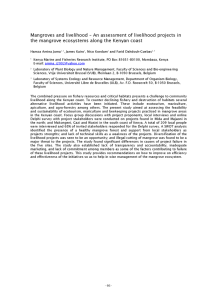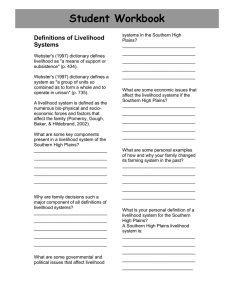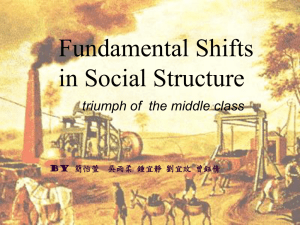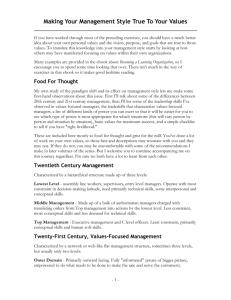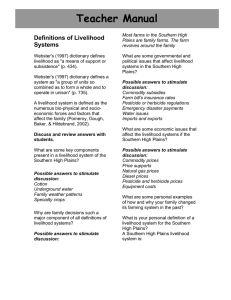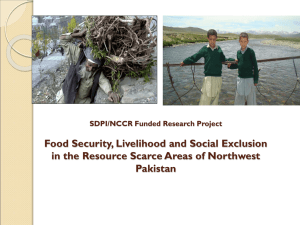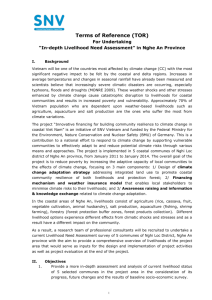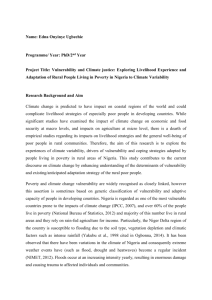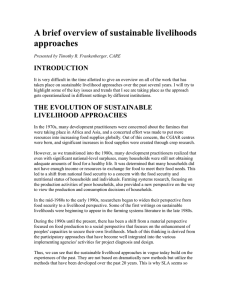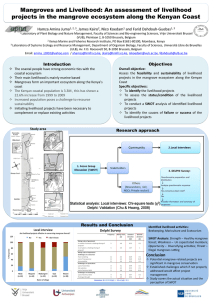Chitja Social dimensions in food security measurement
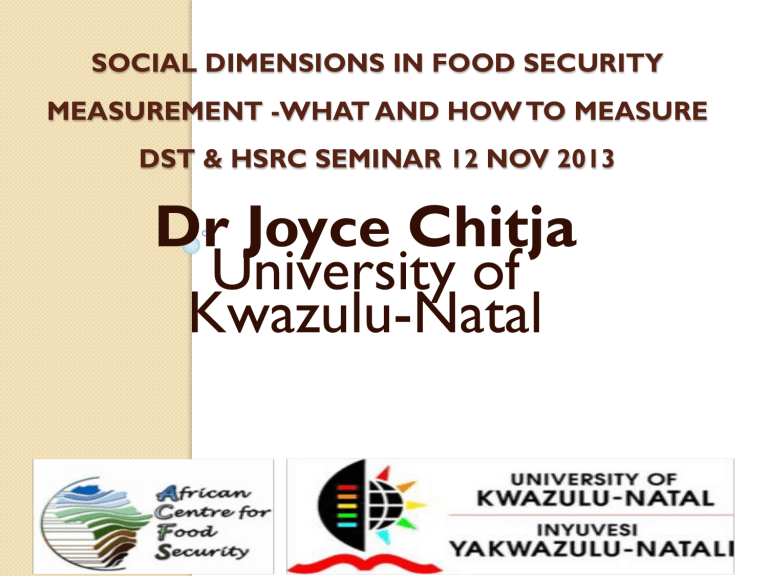
SOCIAL DIMENSIONS IN FOOD SECURITY
MEASUREMENT -WHAT AND HOW TO MEASURE
DST & HSRC SEMINAR 12 NOV 2013
Disclaimers
This presentation is conceptual, theoretical based observed conceptual factors (an on going livelihood asset building study in ongoing).
It has a bias on the rural subsistence and small holder farming context of South Africa.
It draws from the agricultural, the social and economic contexts of rural South Africa.
Focuses on HHFS and those functioning in the “second economy”
INTRODUCTION
The presentation is an attempt to illuminate the social dimensions in measurement of FS for the definition to come to be realised.
It is an attempt to explore how can HHFS measures be combined or used in a complementary way to reflect a multidimensional picture of the PEOPLE affected.
In South Africa rural families and their communities face livelihood shocks caused by biophysical, economic, and socio-political forces leading to lower returns on their assets or tip them into persistent poverty.
The reasons are a mix of deep historical & present factors plus the inability of the current economy to deliver enough jobs in these areas.
The complexity of FS measuring
A single measure that is reliable, valid overtime, captures all relevant elements and contexts would be much desirable.
As known no, single measure meets these criteria
(Coates and Maxwell 2012).
Most measures do not adequately vulnerabilities (their causes & contexts) consumptions trends over time.
capture and
This presentation will attempt to marry FS measurement, Livelihood Assets and elements of Social
Protection .
She carries a heavy load! Can “better” FS conceptualisation &measurement improve her Livelihood?
Food Security: Definition
Food security definition:
Food security exists when all people , at all times , have physical and economic access to sufficient safe and nutritious food that meets their dietary needs and food preferences for an active and healthy life.
1996 World Food Summit
Implication : Livelihoods Assets should be resilient to deliver livelihoods that ensure
Food Security
Why do we measure FS?
Assess current and future FS
Intervene
To understand HH resilience over time
What is the root cause of apparent poor rural HH resilience in SA? ( suspect livelihood assets play a role)
Does the historical context of RSA affect the poor’s livelihoods assets (Personal,
Human, Social Assets), if so how?
Suggested links FS and SLA
Suggestion : Livelihood Assets may be one of the key conditions for the FS definition to be somewhat achieved for the poor
Problemitisation: perhaps current measures do not adequately measure the level & quality of Human, Personal, Social
Assets?
Conceptual & Theoretical
Framework
Sustainable Livelihood Asset & Livelihood
Asset Building Approach.
Social Assets are often very low in poor communities.
Social, Human& Individual Assets are often overlooked in conceptualisation of food security interventions and in some food security measurement.
Livelihood Assets
Social assets - the network of family and community support;
(How did RSA history affect this aspect ? Land removals and impact of family disintegration?
Personal assets - their self-confidence, determination and assertiveness (How did RSA history affect this aspect?)
Human assets - their skills and knowledge and ability to learn and work; (Historical vs current skills acquiring system)
Physical assets - their ability to meet the basic needs of food, shelter, transportation and access to other required services;
Financial assets - financial knowledge and capability, access to credit, savings and investments.
HHFS measures & Linkage
Livelihood Assets
Household Food Insecurity and Access
Scale (HFIAS); (behavioural & occurrence measure does not measure causes)
Coping Strategies Index (CSI)
(behavioural and does not measure causes)
Reduced Coping Strategies Index (rCSI);
(behavioural and does not measure causes)
Nature
Environment
Social capital
Community Mobilisation, Network
Self Determination
Self confidence
Education (skills)
Politics
Health
Physical infrastructure
Institutions
Markets
Livelihoods
Agriculture
Storage
Conflict
Shocks to households
•Food
•Income
•Health
•Entitlement
•Asset
•Access
Household resources
Food secure
Symptoms of food insecurity
Household responses to shocks
Constrained to Transform
Alternative Approach: asset building approach with a special focus on the Personal, Human, &
Social Protection before the physical & financial assets to foster
“self help” ethos
Mr Khanyile’s FS status: access and availability constrained by poor tech skills, lack of exposure to formal farming & markets
A proposed Framework for considering SLA in FS measurement
Word doc
The Framework Raises Key Q’s:
•
•
•
•
•
Have we contextualised FS appropriately to measure the causes?
If the current FS definition is to be realised: a recommendation is the following should encompassed in the conceptualisation and measurement:
Human Assets (self determination, self belief)
Social Assets (agency, networks, mobilisation)
Individual Assets need to be measured in order to intervene in a targeted manner
Parting comments
Considering Social SLA’s in FS measuring could improve long term resilience.
Considering Social SLA’s in FS measuring fits into the developmental mandate of
RSA.
Focus on PEOPLE could build agency and reduce the welfare burden on the state long term.
